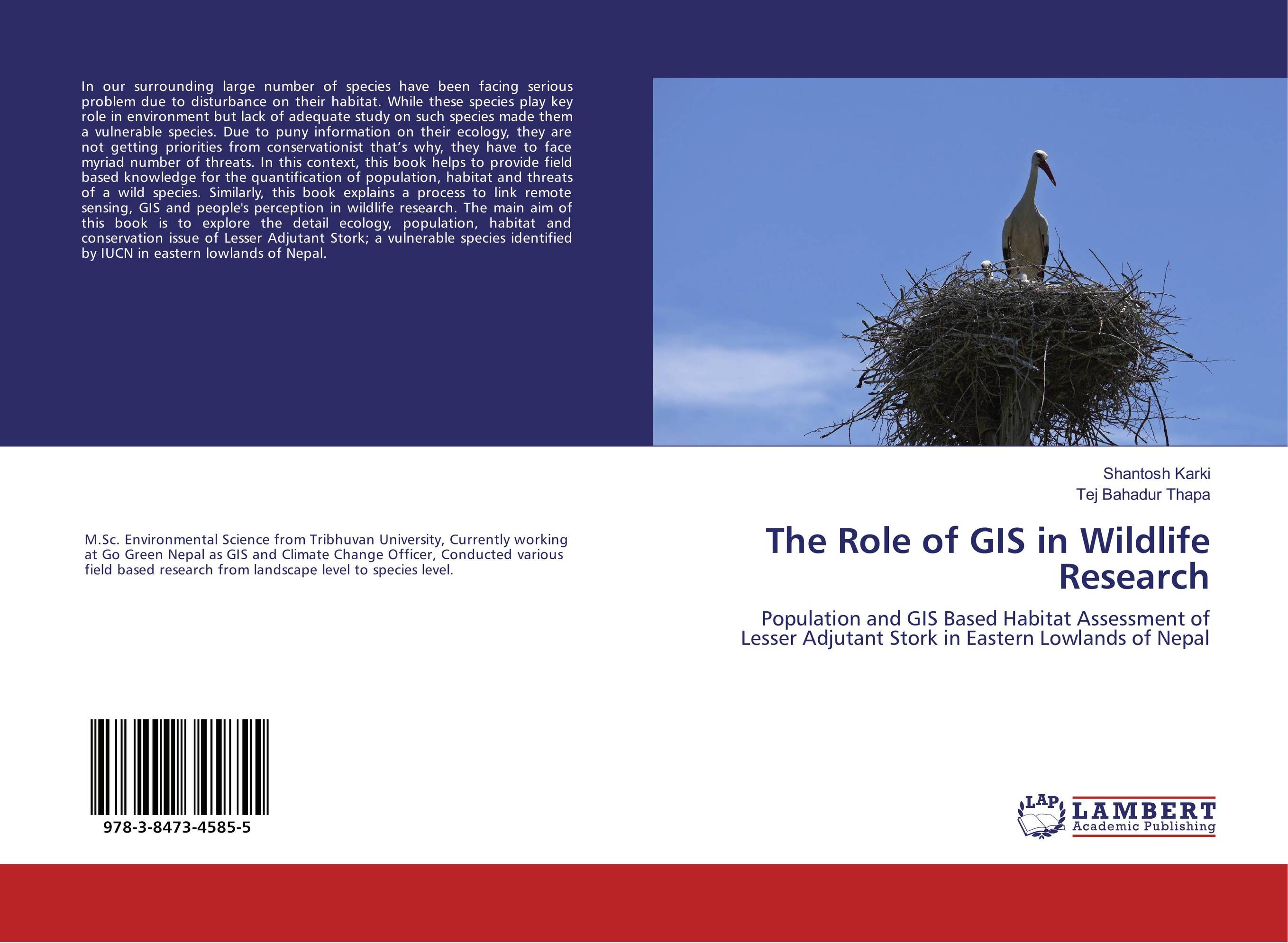| Поиск по каталогу |
|
(строгое соответствие)
|
- Профессиональная
- Научно-популярная
- Художественная
- Публицистика
- Детская
- Искусство
- Хобби, семья, дом
- Спорт
- Путеводители
- Блокноты, тетради, открытки
The Role of GIS in Wildlife Research. Population and GIS Based Habitat Assessment of Lesser Adjutant Stork in Eastern Lowlands of Nepal

В наличии
| Местонахождение: Алматы | Состояние экземпляра: новый |

Бумажная
версия
версия
Автор: Shantosh Karki and Tej Bahadur Thapa
ISBN: 9783847345855
Год издания: 2012
Формат книги: 60×90/16 (145×215 мм)
Количество страниц: 68
Издательство: LAP LAMBERT Academic Publishing
Цена: 30074 тг
Положить в корзину
| Способы доставки в город Алматы * комплектация (срок до отгрузки) не более 2 рабочих дней |
| Самовывоз из города Алматы (пункты самовывоза партнёра CDEK) |
| Курьерская доставка CDEK из города Москва |
| Доставка Почтой России из города Москва |
Аннотация: In our surrounding large number of species have been facing serious problem due to disturbance on their habitat. While these species play key role in environment but lack of adequate study on such species made them a vulnerable species. Due to puny information on their ecology, they are not getting priorities from conservationist that’s why, they have to face myriad number of threats. In this context, this book helps to provide field based knowledge for the quantification of population, habitat and threats of a wild species. Similarly, this book explains a process to link remote sensing, GIS and people's perception in wildlife research. The main aim of this book is to explore the detail ecology, population, habitat and conservation issue of Lesser Adjutant Stork; a vulnerable species identified by IUCN in eastern lowlands of Nepal.
Ключевые слова: GIS, Habitat, Conservation, population



